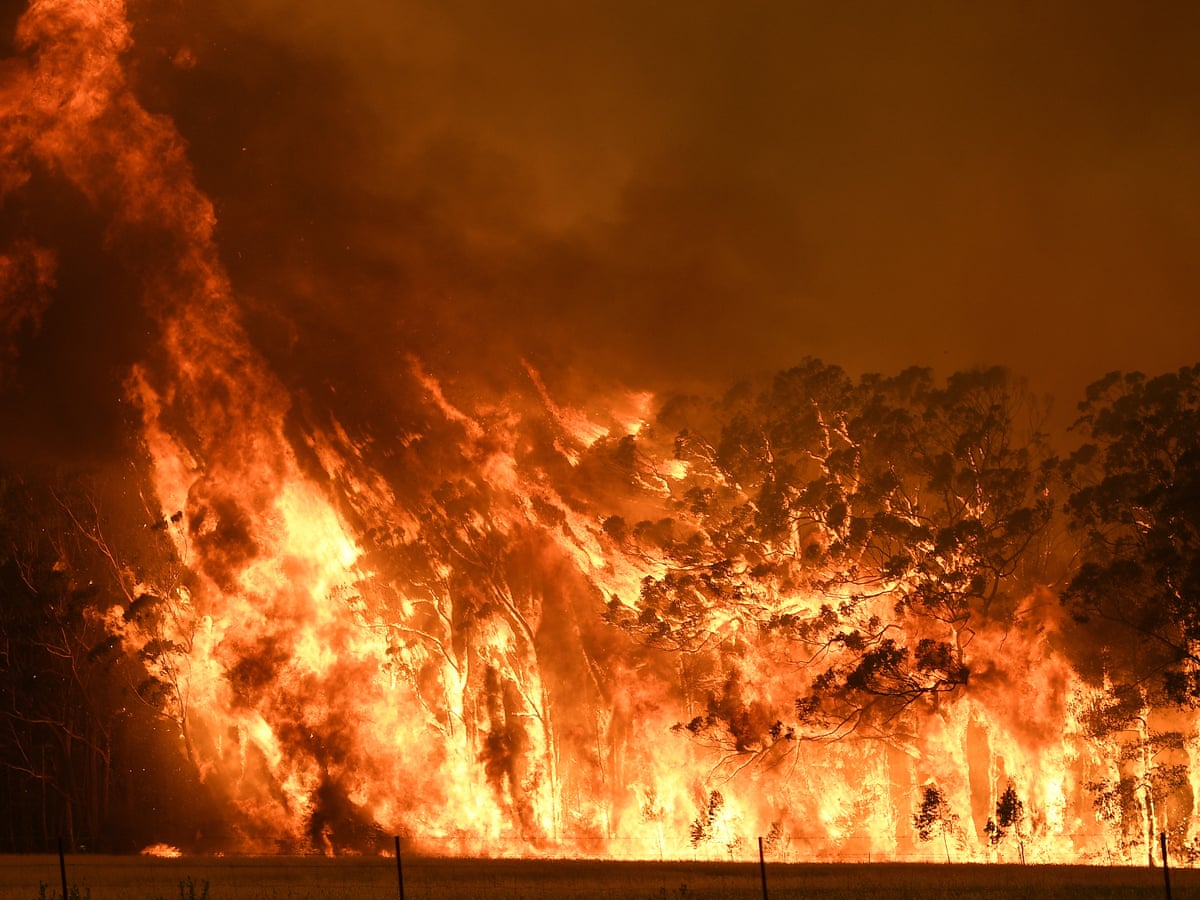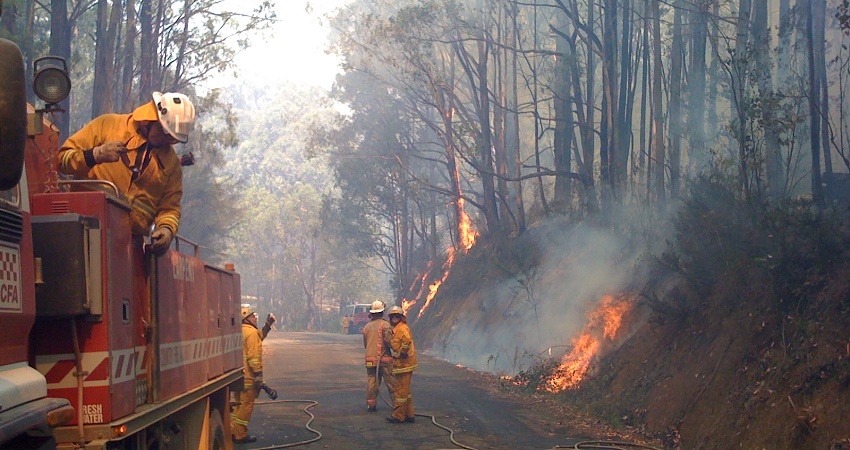Deciphering the Significance of an In-depth BAL Report for Your Building
Deciphering the Significance of an In-depth BAL Report for Your Building
Blog Article
Value of BAL Report in Ensuring Bush Fire Security
In the realm of bushfire defense, the importance of a Bushfire Assault Level (BAL) record can not be overstated. This essential paper acts as a foundational device in evaluating the prospective risk a residential or commercial property may encounter throughout a bushfire and plays a pivotal duty in figuring out the needed protective steps to safeguard residential or commercial properties and lives (BAL Report). The true value of a BAL record extends past a simple assessment; it acts as a leading light for residential or commercial property owners and authorities alike, supplying insights into enhancing home resilience and making certain efficient fire defense.
Understanding Bushfire Strike Degrees
The understanding of Bushfire Attack Levels is critical for evaluating the potential danger and influence of bushfires on a property. Bushfire Assault Degrees (BAL) are a method of gauging the intensity of a structure's potential exposure to ember assault, induction heat, and straight flame call in a bushfire. Recognizing the various BAL groups is vital for homeowner, engineers, and contractors in making and building structures that are a lot more resilient to bushfires.
By comprehending these degrees, property proprietors can make enlightened decisions about bushfire defense steps, such as mounting ash guards, utilizing fire-resistant structure materials, and maintaining clear defensible room around the home (BAL Report). Overall, a detailed understanding of Bushfire Strike Levels is vital for efficient bushfire preparation and security.
Analyzing Home Threat Levels
After recognizing the ramifications of Bushfire Strike Levels, the following important action is evaluating the threat degrees associated with private properties. Examining residential property risk levels includes a comprehensive assessment of numerous factors that can affect the vulnerability of a residential or commercial property to bushfires. These aspects include the distance of the residential or commercial property to bushland or plants, the kind and problem of bordering vegetation, the slope and element of the land, dominating climate condition, and the presence of combustible materials near the home.
Residential property risk evaluations are essential in figuring out the degree of bushfire security procedures that need to be executed to guard the residential property and its occupants. By precisely assessing the threat levels, homeowner can make educated decisions pertaining to bushfire prevention approaches, such as greenery administration, developing style modifications, and the setup of fireproof products. Additionally, building risk assessments play an important duty in the advancement of emergency response strategies and discharge treatments in the occasion of a bushfire.
Applying Safety Steps
Upon finishing residential or commercial property risk analyses, the next essential phase involves the implementation of safety measures to boost bushfire defense. Executing safety procedures is necessary for guarding homes and guaranteeing the safety of individuals throughout bushfire occasions. These steps can consist of installing cinder guards on doors and windows, using fireproof structure materials for building and construction, developing and maintaining a clear defensible area around the building, and having a adequate and available water source for firefighting Check This Out objectives. Furthermore, it is vital to establish and practice a thorough bushfire emergency plan with all locals to make sure swift and coordinated actions in case of a bushfire hazard.
Normal upkeep of protective actions is just as vital to guarantee their effectiveness during a bushfire. This includes frequently inspecting and fixing coal guards, performing plant life monitoring to decrease fuel loads, and testing firefighting devices such as pumps and tubes. By diligently executing and keeping these protective measures, home proprietors can significantly increase their strength to bushfires and minimize possible damage and loss.

Enhancing Property Resilience
Enhancing building durability versus bushfires rests on the proactive application and maintenance of protective steps intended at strengthening defenses and reducing possible dangers. Home proprietors can enhance resilience by producing and maintaining defensible areas around their residential or commercial properties. This includes regularly clearing dry greenery, preserving a well-irrigated yard, and having a strategic format that reduces the danger of fire spread. In addition, mounting ash guards on windows and vents, making use of fire-resistant building products, and making certain correct upkeep of roofings and rain gutters can considerably improve a residential property's capacity to withstand a bushfire.
Building proprietors need to develop and exercise a bushfire emergency situation strategy, conduct routine fire drills, and make sure all citizens understand how to react in case of a bushfire. By taking proactive steps, home proprietors can significantly enhance the durability of their buildings versus the danger of bushfires.

Guaranteeing Effective Fire Security
Implementing durable fire protection procedures is necessary for guarding buildings versus the destructive effect of bushfires. Ensuring efficient fire protection entails a mix of positive approaches and adherence to relevant laws. One key facet of efficient fire defense is the application of appropriate landscaping methods. This consists of keeping a defensible space around the residential property by clearing flammable greenery and developing firebreaks. In addition, mounting fire-resistant products on the residential or commercial property, such click now as fireproof roof covering and ember-proof displays on home windows, can significantly decrease the try this web-site risk of fire damage.
In addition, having an emergency reaction plan in position is essential for guaranteeing effective fire security. This strategy should detail discharge treatments, interaction protocols, and assigned meeting factors for citizens. Regular training and drills ought to additionally be performed to make sure that all homeowners are prepared to react swiftly and safely in case of a bushfire.
Conclusion
In conclusion, the BAL record plays a vital duty in making sure effective bushfire defense by evaluating residential property threat degrees, implementing protective procedures, and boosting residential or commercial property strength. Understanding Bushfire Assault Levels is necessary in determining the level of danger a residential or commercial property deals with during a bushfire.
By comprehending these levels, building proprietors can make enlightened choices concerning bushfire defense steps, such as installing ember guards, making use of fireproof structure products, and preserving clear defensible area around the residential property. Examining residential property risk degrees involves a comprehensive evaluation of different aspects that can influence the susceptibility of a property to bushfires.Property risk analyses are crucial in establishing the level of bushfire protection actions that need to be implemented to protect the home and its occupants. By taking aggressive steps, home owners can significantly boost the resilience of their homes against the danger of bushfires.
In final thought, the BAL record plays an important duty in making sure efficient bushfire protection by examining residential or commercial property danger levels, carrying out protective procedures, and enhancing residential or commercial property strength. (BAL Report)
Report this page